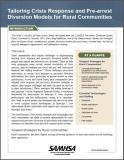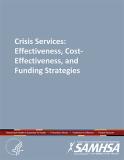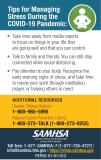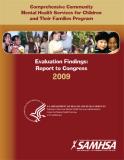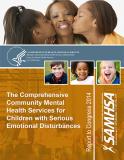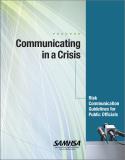
The guide provides public officials as well as others involved in disaster and emergency communications with information about effective communication, working with the media, using social media, and addressing errors and controlling rumors.
Units per Product
Download
Communicating in a Crisis for Public Officials
File Type: PDF
File Size: 4.04 MB


